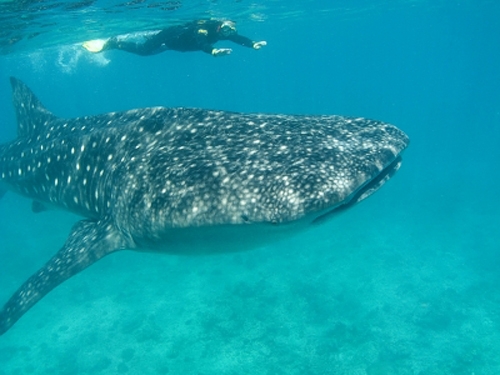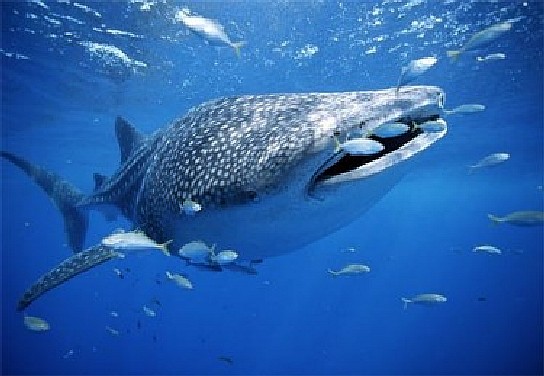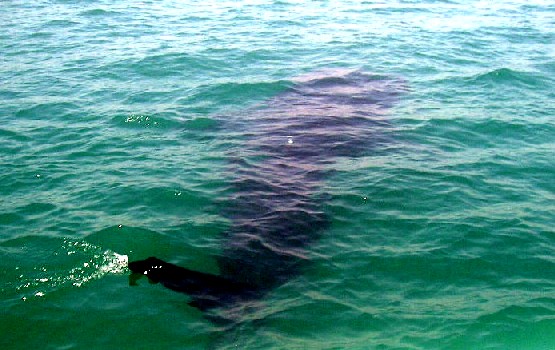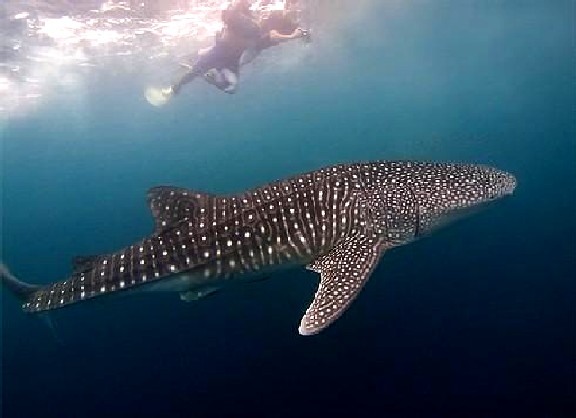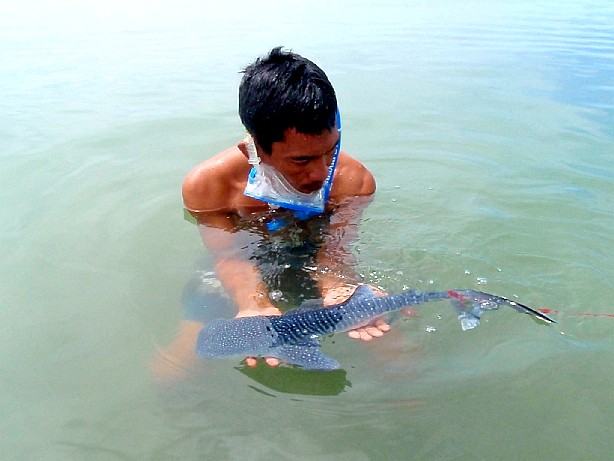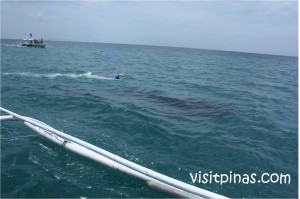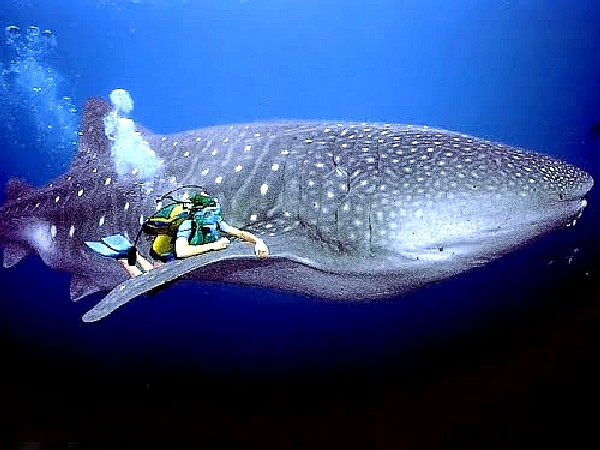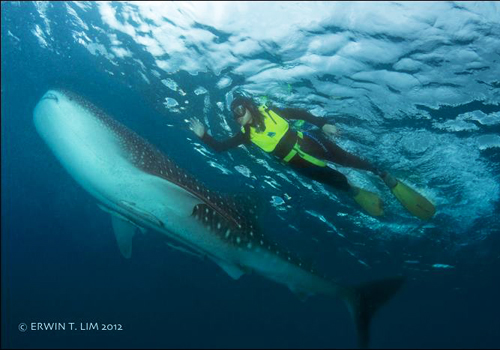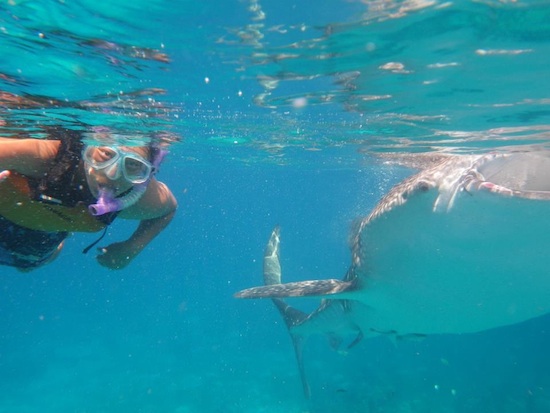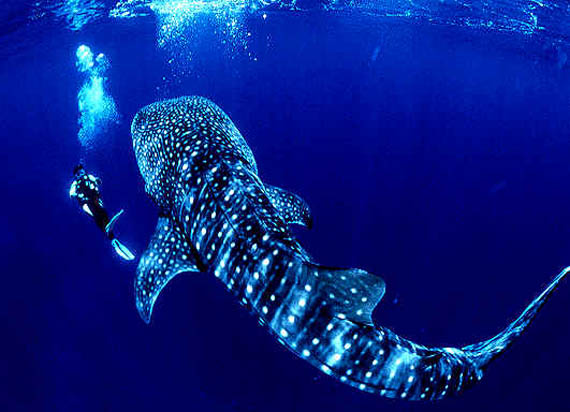whyretiretothephilippines.com
Why Retire to the Philippines
Why, you say?
Because everything we need for our retirement is over there!
• the cost of living is amazingly affordable
• the climate is mild (not too hot/not too cold)
• living is “safe and secure” (like anywhere in the world)
• the people speak English, no need to learn a new language
• people are friendly, hospitable, warm and somewhat “Westernized”
• majority of the people are Christian, so there are no dietary laws to observe
• the country is lovely and the night life in the city is alive
• so many more other reasons!This little country seems to be the best place for retirement!
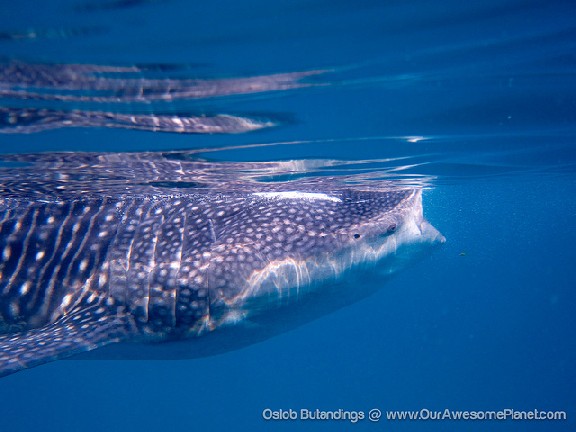 Photo from: ourawesomeplanet.com
Photo from: ourawesomeplanet.com
The town of Donsol can pride itself as the “whale shark capital of the world”, a title earned for being home to the largest concentration of whale sharks in the world. Every year from November to May, this small Philippine community in the province of Sorsogon is visited by around 40 whale sharks, called butanding by among the locals (scientific name: Rhincodon typus). Though these gentle giants roam the vast oceans, sticking near the equator, they frequent Donsol waters for generations, leading the Philippine government to declare the area an official sanctuaryfor whale sharks.
Though having a fearsome name and reaching enormous sizes by up to 15 meters in length and 13 tons in weight, the slow-moving butanding are not known to attack humans. As filter feeders, their 2-millimeter high teeth are built to dine only on plankton, algae, small fish and krill; in fact, they even allow humans to swim and interact with them.
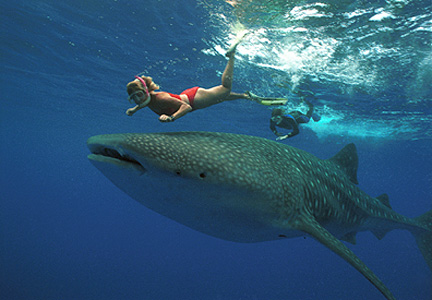 Photo from: lakwatseradeprimera.com
Photo from: lakwatseradeprimera.com
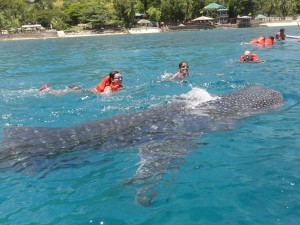 Photo from: runningmistress.blogspot.com
Photo from: runningmistress.blogspot.com
Tragically, the flesh of these creatures is considered a delicacy, aphrodisiac and medicinal component in several Asian countries, and full-sized individuals fetch up to USD 400,000, a tempting target for the mostly poor population. Because of their wholesale slaughter, the government added the species to the endangered list in 1998 and raised local and global awareness to their plight with the assistance of the World Wildlife Fund and Conservation International.
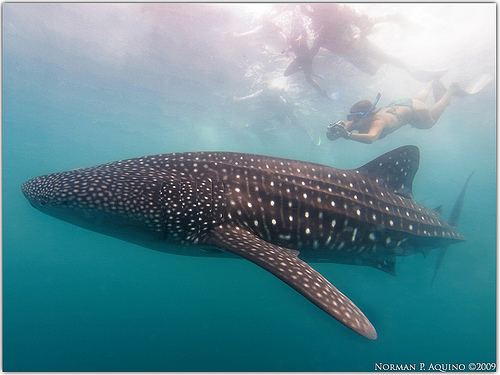 Photo from: blog.asiahotels.com
Photo from: blog.asiahotels.com
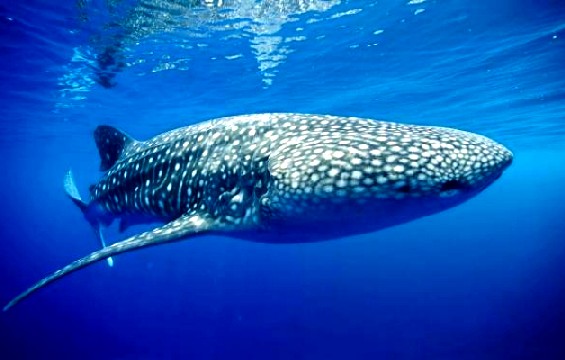 Photo from: triptophilippines.com
Photo from: triptophilippines.com
Today, these protected denizens of the sea are booming tourist attraction: special marine tours are designed for snorkelers to go up close the whale sharks. As they live near the surface and are used to human presence, boats of admirers can float alongside these creatures, seeing the distinctive silvery polka dots on the backs for themselves. Thus, Donsol and other nearby towns gained a new source of revenue, and many local fishermen gained an incentive to protect and learn from their sea-based neighbors.
A whale shark-watching tour begins with a visit to Donsol’s Tourism Office, which conducts a mandatory registration and video orientation session to safe butanding interaction. Seaside facilities are well-stocked with snorkeling equipment, and the boats can accommodate up to seven passengers, plus a BIO (Butanding Information Officer), a spotter, and two crew members.
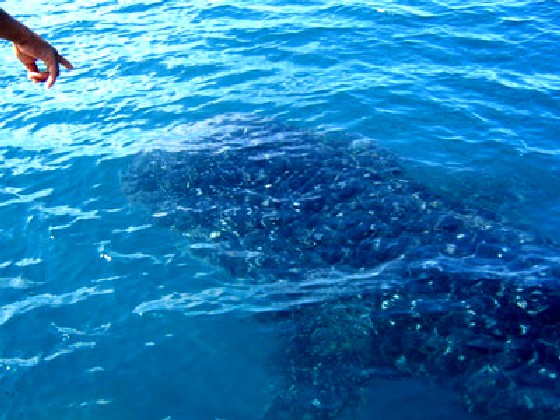 Photo from: sanipilip.wordpress.com
Photo from: sanipilip.wordpress.com
While a whale shark encounter is not guaranteed, it frequently takes only a couple of minutes after leaving the shore before the first butanding is located, and butanding watchers can expect more than a dozen sightings before the trip is over. The BIO helps point out whale sharks, educates the passengers on useful facts, and when the time is right, tells the crew to attempt an approach.
 Photo from: bestphilippineattractions.com
Photo from: bestphilippineattractions.com
Brave snorkelers can swim alongside them at this point, with the guidance of these courteous personnels. The BIO will also issue reminders, such as no touching or riding the butanding and no flash photography. A typical trip lasts from one to four hours, to allow more visitors access to these friendly creatures during the day.
The town of Donsol is an hour’s drive away from Legazpi City, which itself has regular flights to and from Manila. Although whale sharks are spotted all-year round, the peak months are from February to April. Townfolk say the best time to spot butanding is before noon.
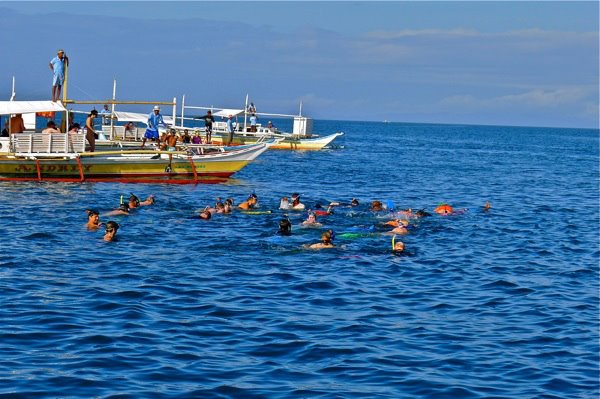 Photo from: journeyingjames.com
Photo from: journeyingjames.com
Source: blog.asiahotels.com
Watch the Videos:
